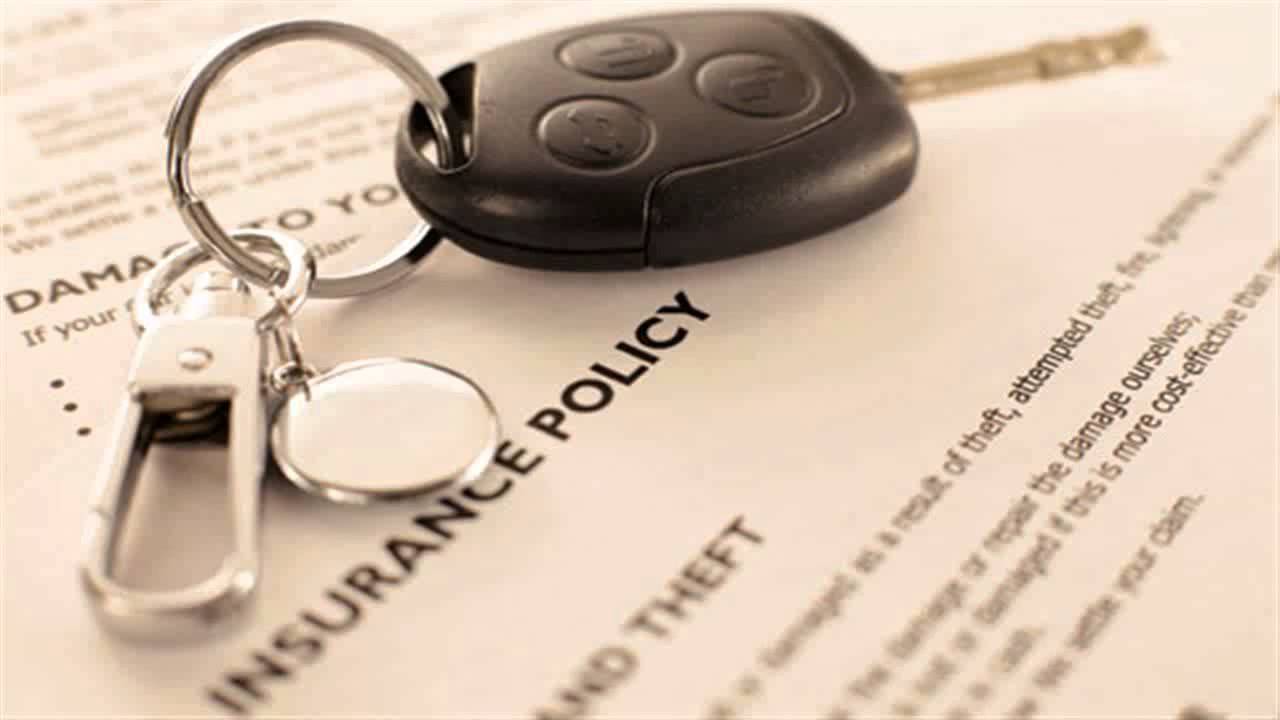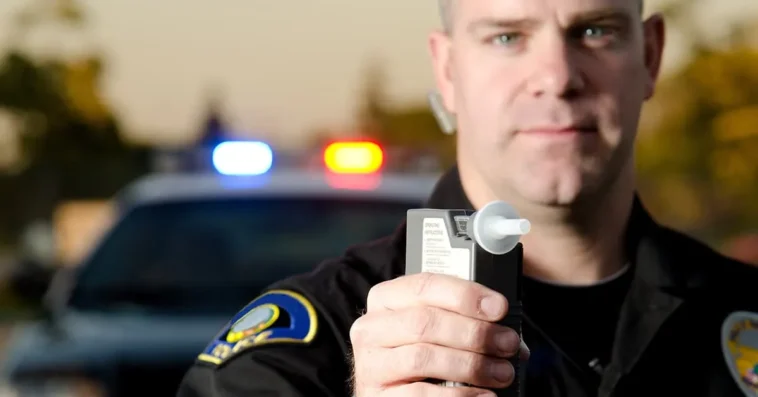Grasping the importance of SR22 insurance is important for those who find themselves required to obtain it. Designed for drivers who’ve encountered specific issues on the road, such as DUI, reckless driving, or at-fault accidents, an SR22 is not separate insurance but a form that verifies a driver carries the minimum required insurance coverage according to state laws. It acts as a guarantee to the state that you are maintaining continuous auto insurance coverage for a set period. The mandate to carry an SR22 can stem from various driving infractions and typically follows serious or repeated offenses.
Despite commonly being referred to as “SR22 insurance,” it’s important for drivers to recognize that SR22 is a certificate of financial responsibility. Once a driver is required to file an SR22, they are usually required to maintain it for a period that can range from one to five years, depending on the state and the nature of the driving infraction. During this time, drivers need to avoid lapses in their insurance coverage to prevent further penalties or extensions of the SR22 requirement. Equally important is the understanding of the timeline for how long the SR22 should be carried, out and the process for its termination.
Unpacking the SR22: Definition and Purpose
The SR22 form often gets surrounded by a bit of mystery, but at its core, it serves as a certificate of financial responsibility, rather than a type of insurance. Its primary role is to reassure authorities that an individual has minimum liability coverage as required by state laws. It comes into play, particularly for drivers who’ve had certain traffic violations, such as driving under the influence or operating a vehicle without insurance. When such instances occur, a court or the state may demand the filing of an SR22. This form, usually submitted by the driver’s insurance company to the state, verifies the driver has the required insurance coverage.
The notable difference between SR22 certificates and regular insurance lies in the SR22’s purpose. It’s not about additional coverage, but rather a proof, a guarantee to the state that the driver is maintaining the mandated insurance standards. Regular car insurance, on the other hand, primarily provides financial protection against losses due to accidents or theft. Understanding the purpose of an SR22 helps clarify its place in the greater scheme of vehicle-related legal requirements, ensuring drivers know when and why it’s required.
The Beginning of the SR22 Process: Filing and Activation

Starting the process of obtaining an SR22 certificate often comes after a bump in the road, such as a traffic violation or an insurance lapse. The process is not just a form to complete—it’s a legal document, often mandated by the state, to demonstrate that you’re maintaining car insurance liability coverage. Filing for an SR22 is typically done through your insurance company, which then forwards it to the state’s Department of Motor Vehicles (DMV) to verify your compliance with insurance requirements. The activation period can vary; it usually takes a few days to a week for the SR22 to be operational once it’s filed with your state’s authority.
State-specific mandates can dictate the terms, duration, and the details you need to be cognizant of, which is why it’s important to understand your state’s regulations concerning an SR22. Some states may require an extended duration of holding an SR22, while others implement more stringent rules on who needs one and for what reasons.
Understanding the SR22 Requirement: Time Frame and Limitations
When an individual is required to hold an SR22 certification, often following traffic offenses or as part of the process to reinstate a driver’s license, knowing the length of time the certification must be kept and the constraints is key. Typically, the SR22 needs to be in place for approximately three years; however, the specific duration can differ across states and might be influenced by further offenses during the monitoring period.
If a motorist commits more violations or fails to maintain the SR22, this time frame can be prolonged, delaying the restoration of a clean driving record. It’s important to acknowledge that possessing an SR22 impacts your right to drive, as any interruption in insurance coverage must be conveyed to the state, which could result in the suspension of your license. This emphasizes the importance of adhering to your state’s regulations and maintaining lawful driving conduct throughout the SR22 monitoring period.
Managing Finances: Costs Involved with SR22 Certification

When it comes to managing your finances after a driving infraction that requires SR22 certification, understanding and preparing for the associated costs is key. An SR22 certificate itself is not overly expensive, often incurring a one-time filing fee that could range from $15 to $50, depending on the insurance provider and state regulations. The real financial impact is felt in the heightened insurance premiums.
Due to the perceived increase in risk, insurers will typically raise premiums greatly for those required to carry an SR22. The spike in premiums can last for the duration of the mandated coverage period, which is commonly three years. To skillfully handle this financially tense period, it’s important to budget for these increased costs. Shopping around for the most affordable insurance that offers SR22 can mitigate some of the financial strain. What’s more, maintaining a clean driving record going forward and adhering to any court or state-imposed requirements can prevent further premium increases or additional fees.
Compliance and Record-Keeping: Tracking Your SR22 Status
Maintaining compliance with your SR22 certification is important for anyone who has faced driving violations resulting in this form of insurance being needed. Keeping track of your SR22 status means staying organized and diligent about your coverage to prevent any lapses or issues that could compound your legal troubles. It is important to work closely with your insurance provider to ensure that your policy is active and meeting all requirements. This can involve regularly checking in with your insurer, setting reminders for renewal deadlines, and storing documentation in an easily accessible and secure location.
Should you fall out of compliance, the repercussions can be high, ranging from the reinstatement of a suspended license to additional fines or even jail time. Effectively managing your SR22 is not just about fulfilling legal obligations; it’s about paving the way for reinstated driving privileges and ultimately moving toward a future with greater responsibility and fewer complications on the road.

Toward SR22 Liberation: Understanding Requirements and Preparing for Its Termination
The path to ending an SR22 obligation may initially appear complex, but grasping the procedure and planning in advance can smooth your way to liberation. An SR22 requirement is commonly imposed due to various reasons, including DUI offenses or other major traffic violations, signifying proof of financial accountability. To conclude this duty, it’s necessary to keep a spotless driving record for a state-dependent duration, generally between one and five years. Obedience to all traffic regulations and ensuring uninterrupted insurance coverage without gaps is also key to fulfilling the SR22 condition.
As you approach the final phase of your imposed timeline, it’s important to communicate with your insurance carrier to ascertain the procedures for your policy transition. Documentation of continuous adherence to financial responsibility will enable your return to conventional insurance practices. It’s important to manage your budget with foresight and consider the potential change in insurance premiums as you transition back to standard insurance options.
The SR22 certificate, often misconceived as a separate insurance policy, is a legal form that confirms a driver’s adherence to minimum insurance requirements as mandated by state laws. This certification may be required after certain driving infractions, notably serious or repeated offenses like DUIs or at-fault accidents. Holding an SR22, typically for a duration ranging from one to five years depending on the state and offense, is key for drivers to maintain continuous auto insurance coverage. It’s a proactive measure to avert further legal consequences and extend the period of the SR22 requirement.




